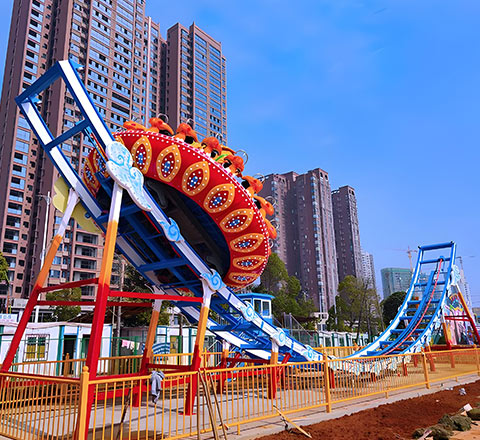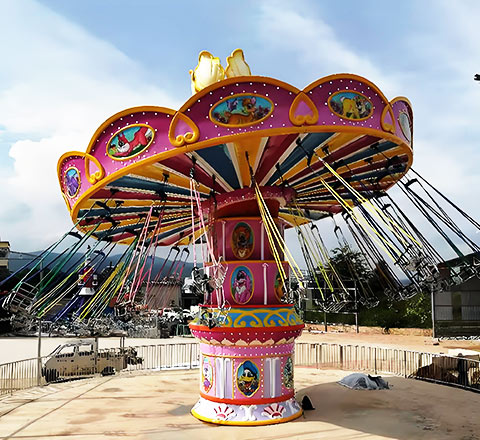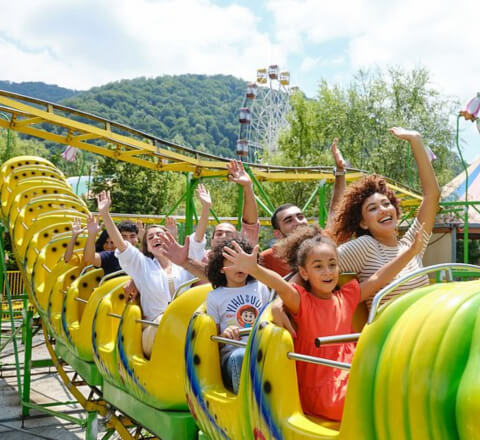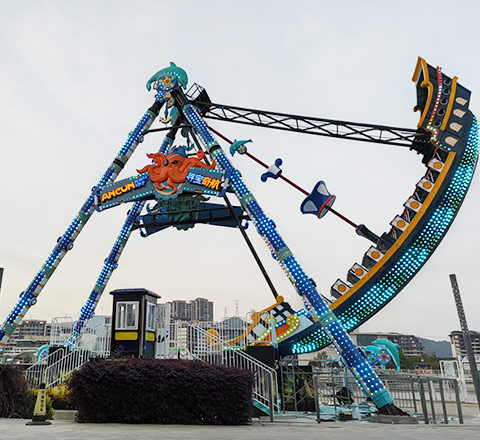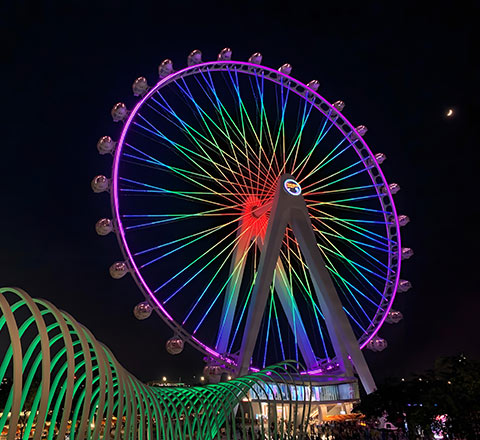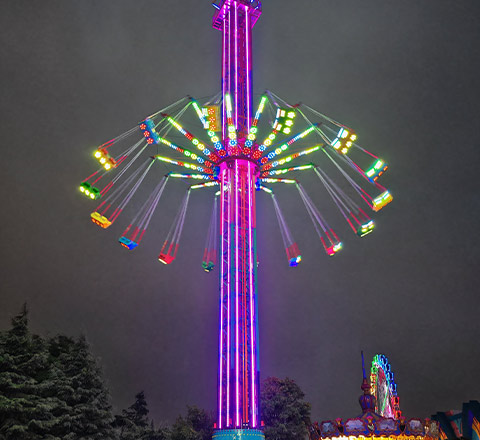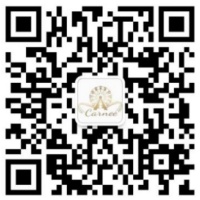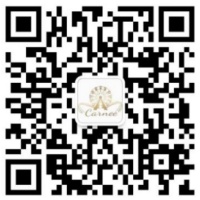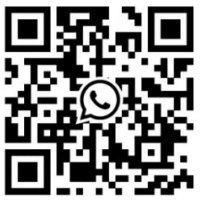Recognised as one of the top 10 classic amusement park rides, roller coasters remain the heartbeat of any thriving theme park. Whether you’re exploring roller coaster designs, the different types of roller coasters, or how to design one from scratch, this comprehensive guide covers every aspect of planning, engineering, and constructing these thrilling attractions. Drawing on expertise from Carnee Rides and global coaster engineering benchmarks, you’ll discover how to select or build the ideal roller coaster layout, understand its key components, and ensure top-tier safety and performance.
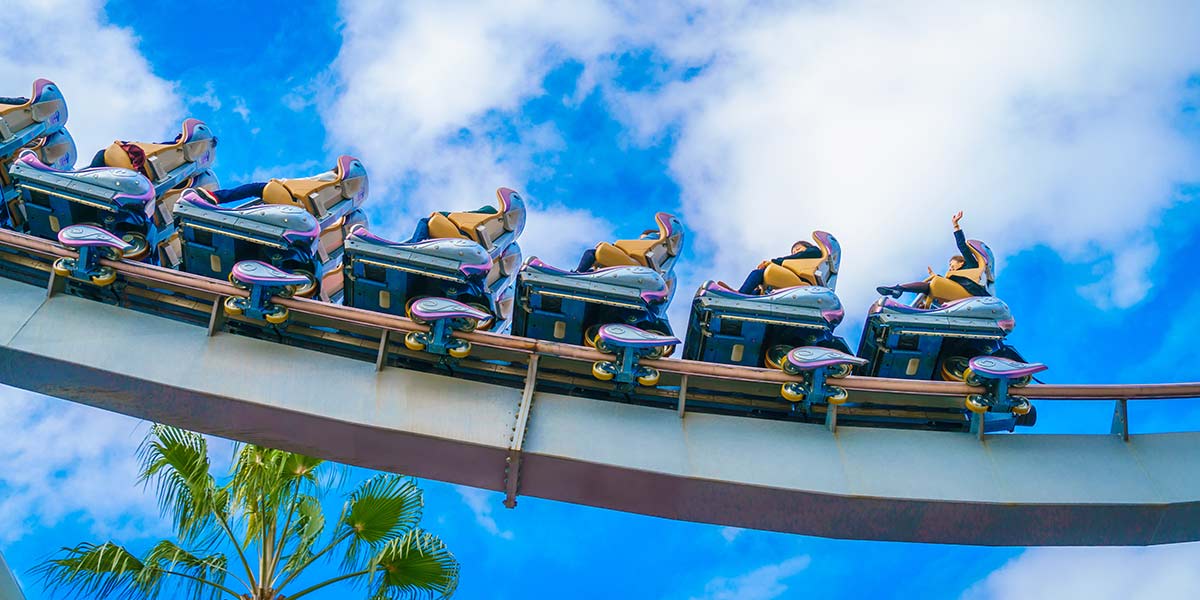
🎢 What Is a Roller Coaster and Why Is It So Popular?
A roller coaster is a designed roller amusement ride that uses gravity and engineering precision to deliver adrenaline-pumping excitement. From family-friendly roller coaster layouts to extreme thrill coasters, designs for roller coasters are tailored to engage all age groups.
Whether you’re building roller coasters for families or creating record-breaking rollercoaster designs, understanding the principles behind roller coaster design and the components of a roller coaster is essential.
To learn more interesting trivia, check out Fun Facts About Roller Coasters: History, Records, and Science (2025 Update).
🏰 A Brief History of Roller Coasters
- 17th Century: Originated as Russian ice slides
- 19th Century: Developed into wooden roller coaster constructions
- Modern Era: Dominated by steel roller coaster designs, enabling complex coaster types and simulations
From simple wooden supports to simulated roller coaster rides powered by LSM or hydraulic systems, the roller coaster has come a long way.
🛠️ Anatomy of a Modern Roller Coaster
Key roller coaster components include:
- Tracks: Made of steel or wood, forming the foundation of any roller coaster layout
- Cars/Trains: Where passengers ride—roller coaster engineering here involves materials, aerodynamics, and safety
- Supports: Roller coaster support structures ensure strength and reliability
- Lift/Launch Systems: Engineer roller coaster propulsion via chain lifts, magnetic launches, or pneumatic pressure
- Safety Mechanisms: Anti-rollbacks, magnetic brakes, secure harness systems—all part of roller coaster safety design
- Ancillary Features: Queues, themed settings, emergency access
🔬 The Science Behind the Thrill
If you want to know how roller coasters work, the answer lies in roller coaster physics:
- Energy Transfer: From gravitational potential energy to kinetic thrill
- Centripetal Force: Critical in loop coaster designs and turns
- Inertia and G-force: Roller coaster engineering considers safe G-force limits (usually <4G)
Understanding how a roller coaster is made involves applying simulation, physics, and structural analysis, core to coaster engineering.
Dive deeper into the physics in How a Roller Coaster Works: Simple, Safe, and Smarter Than You Think.

🧩 How Are Roller Coasters Designed and Built?
The process of roller coaster construction includes:
- Concept Design: Decide the roller coaster type and audience
- Engineering Drafting: CAD and simulation roller coaster ride modelling
- Component Manufacturing: Building roller coaster parts and vehicles
- Foundation and Support Installation: Ensures roller coaster supports are stable
- Track Assembly: Designed roller paths are precisely joined
- Testing: Simulation, acceleration analysis, safety checks
- Theming and Launch: Coaster design meets artistic experience
🧱 Types of Roller Coasters Explained
By Structure:
- Wooden Coaster Design: Traditional appeal, manual construction
- Steel Roller Coaster Engineering: Fluid motion, modern features
By Experience:
- Family Roller Coaster: Balanced ride for all
- Kids’ Roller Coasters: Smaller scale, colourful, and safe
- Thrill Coasters: Loops, steep drops, intense g-forces
By Layout:
- Wild Mouse Roller Coaster: Sharp, unpredictable turns
- Looping Coaster: Design features include vertical and corkscrew loops
- Speciality Coasters: Flying, 4D, standing, log flumes, etc.
🧪 Carnee Rides’ Roller Coaster Portfolio
| Type | Model | Audience | Features |
|---|---|---|---|
| Family | Family Roller Coaster | All Ages | Reliable coaster design and moderate thrills |
| Kids | Mini Shuttle Roller Coaster Ride | Children | Colorful, safe, low-height roller coaster layouts |
| Worm | Fruit/Wacky Worm Roller Coaster | Families | Themed coaster design with compact track |
| Dragon | Dragon Roller Coaster Ride | Families | Engaging, scenic, high-turn layout |
| Loop | Four/Six Loops Roller Coaster | Teens+ | Signature looping roller coaster designs |
| Spin | Mini Spinning Roller Coaster | Children | Adds fun through self-spinning design |
| Mouse | Wild Mouse Roller Coaster | All | Tight turns and surprise elements |
| Extreme | Magic Ring Roller Coaster | Thrill Seekers | High-speed coaster layout with extreme thrills |
📌 How to Choose the Right Roller Coaster
- Budget and Space: Build a roller coaster suited to your land area and cost constraints
- Target Riders: Design a roller coaster for your primary demographic
- Design Compatibility: Coaster design should integrate with your park’s theme
- Engineering Trust: Choose Reliable roller coaster suppliers with proven roller coaster construction capability
- After-Sales Service: From amusement park layout consulting to roller coaster maintenance
🛡️ Safety & Engineering Standards
Carnee Rides’ roller coaster engineering prioritises:
- Standards Compliance: EN13814, DIN4112
- Daily Safety Inspections: Key to roller coaster safety
- Brake and Emergency Systems: Redundancy in all roller coaster components
- Simulation and Testing: Verify before launch
🌎 2025 Trends & Fun Facts
Trends:
- AI monitoring for roller coaster components
- AR/VR roller coaster design integration
- Modular coaster construction for faster deployment
Did You Know?
- Tallest: Kingda Ka, 139m
- Fastest: Formula Rossa, 240 km/h
- Longest: Steel Dragon 2000, 2.47 km
- First: Russian ice slide—roller coaster origin fact
(For more information: Fun Facts About Roller Coasters)

